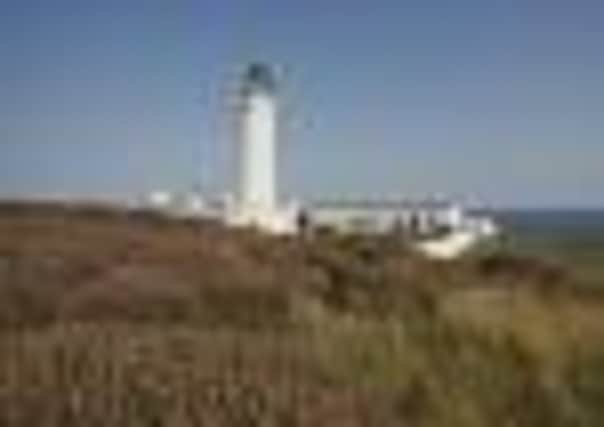Bird watchers help to feather the nests of local businesses


Splendid views stretch to Northern Ireland and the Isle of Man and even the Lake District on a clear day.
Guillemots, razorbills and kittiwakes fill the air and gannets can be seen heading to breeding sites on the Scare Rocks, some eight miles distant.
Advertisement
Hide AdAdvertisement
Hide AdThe spectacular spot has shown itself to be worth a small fortune to Scotland’s economy.
As well as supporting 13 jobs locally, 20,000 people visit each year and spend about £2.8 million in the local area.
As the vast majority of visitors are tourists, local hotels and B&Bs benefit in particular from extra business.
Andrew Bielinski, RSPB Scotland area manager, said: “With its busy seabird cities and stunning beauty, Mull of Galloway is a great place to enjoy nature.”
He said the charity’s new report proves the worth of nature reserves like Mull of Galloway to the local economy.
“Not only are these important places to conserve and protect our wildlife and environment, but they also bring tourism, money and jobs to the area, which is always welcome news to smaller rural economies.”
A survey in 2009 showed 70 per cent of visitors to the reserve said the main reason they were in the local area was due to that attraction.
Also in Dumfries and Galloway, the Galloway Kite Trail enables the public to view red kites reintroduced to the Loch Ken area.
Advertisement
Hide AdAdvertisement
Hide AdSince 2004 it has brought £2.63m of tourist spend into the region and in 2009 supported 20 local jobs.
Meanwhile, white-tailed sea eagles reintroduced to Scotland after they were hunted to extinction are boosting the local economy.
The giant birds, known as flying barn doors, attracted almost a quarter of the 600,000 visitors to Mull and in 2010 were responsible for between £5-£8m of tourist spend on the island.
The 28 birds on Mull were responsible for around 4 per cent of the jobs associated with wildlife tourism in the whole of Scotland.
And in Skye, a survey in 2008 revealed that of 400,000 visitors to Skye, 15 per cent said the eagles were one of the reasons they came.
The birds attracted between £1.9m and £3m of spend by visitors, which supported 42 jobs.